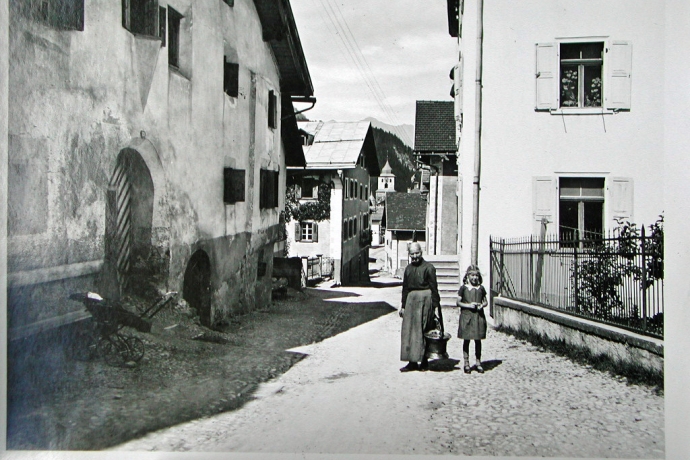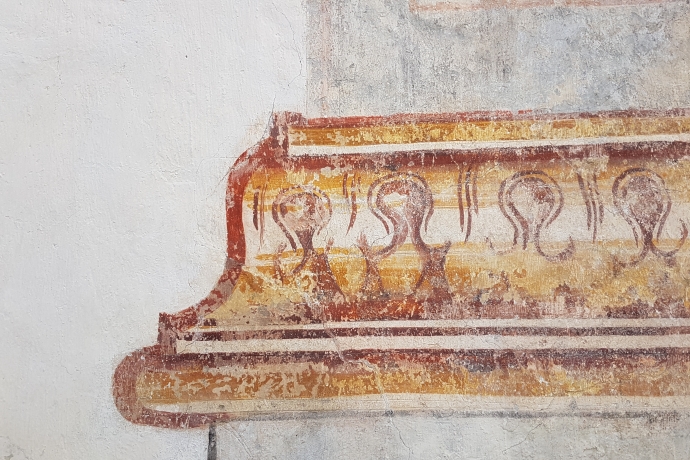Traditions & Customs

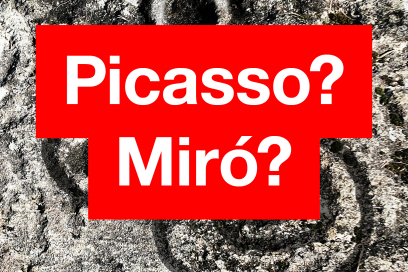
Besser wissen.
Kulturportal Graubünden
Vom traditionellen Heurechen bis zum abstrakten Kunstwerk, von der mittelalterlichen Handschrift bis zur Festungsanlage aus dem Kalten Krieg: Das neue Kulturportal Graubünden lädt ein, die Kultur, Geschichte und Gegenwart Graubündens online zu entdecken. Neugierig?
Sounding in the New Year – December 31 in Filisur
Schoolchildren pass through the village during the early hours of the morning, shouting and sounding bells and chimes. Shouts of Silvester us da Neschter echo into every bedroom.
Later on, children sing carols on various square throughout the village. Traditional New Year’s Eve songs echo around the narrow streets right through to the afternoon.
The New Year’s Eve church service is held at 10 pm and then the Concordia Music Society sees out the past year in music. At midnight the Jungmannschaft, consisting of all the young bachelor community members, serves mulled wine and punch.
New Year’s Eve – December 31 in Bergün and Latsch
In Bergün and Latsch, New Year’s Eve is celebrated in mood of contemplation until midnight. During the day, schoolchildren go from house to house singing carols, seeing out the year in songs sung in Romansh and German.
This also helps to raise funds for school trips. Often they are given mandarin oranges, guezli biscuits and other confectionery. The Goitasingen – Chant da Goita is held in the evening in Bergün and Latsch.
Beneath the street lamps, locals and past residents of Bergün (guests are also welcome) sing traditional songs for the year gone past and for the New Year, also in Romansh and German. At midnight, toasts of röteli liqueur are raised to the New Year.
Bun di bun an – January 1 in Bergün
People begin to gather on the village square around lunchtime. The Music Society performs a New Year’s concert and serves barley soup.
People then wander from house to house, usually in small groups, wishing everyone ün bun an, a ‘Happy New Year’.
It’s an occasion for serving plenty of schnapps, home-made liqueurs like röteli, blackcurrant, eggnog, etc., and of course traditional Christmas treats such as grassins, croccants, etc.
This tradition often lasts well into the evening of January 1. And no-one really knows if it’s the overabundance of these tasty guezli that gives you a bit of an upset tummy – or perhaps just the schnapps…?
Buaneja – January 7 in Bergün
Hard to believe all the things that happen in the course of a year: embarrassing gaffes, crazy comments, and amusing exploits.
It’s the Jungmannschaft’s job to jot it all down and sketch it onto large posters, showing without mercy, before displaying the lot on the façade of Hotel Piz Ela on January 7.
Of course, the names of the victims are not mentioned specifically, but providing you keep your ears open, you soon get to the bottom of the story.
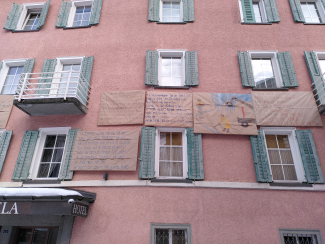
Chalandamarz – March 1 in Bergün
While this custom originally celebrated the turn of the year, today it heralds the arrival of spring – and therefore the end of the darker, colder season – with much singing, whip cracking and tolling of bells.
The precise order of festivities differs greatly from one village to the next. In Bergün children pass through the village singing and ringing bells. They use silk paper to fashion colourful floral decorations known as rösas.
Their costumes are complemented by a blue smock and a red neckerchief (with the ends usually drawn through a matchbox). And, of course, you also have to get your hands on the largest, most beautiful cowbell possible, in good time for the procession.
Impressionen
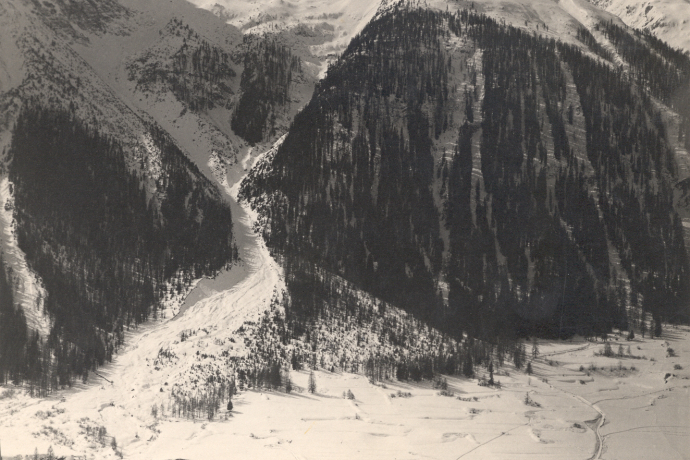
Show all 4 images
